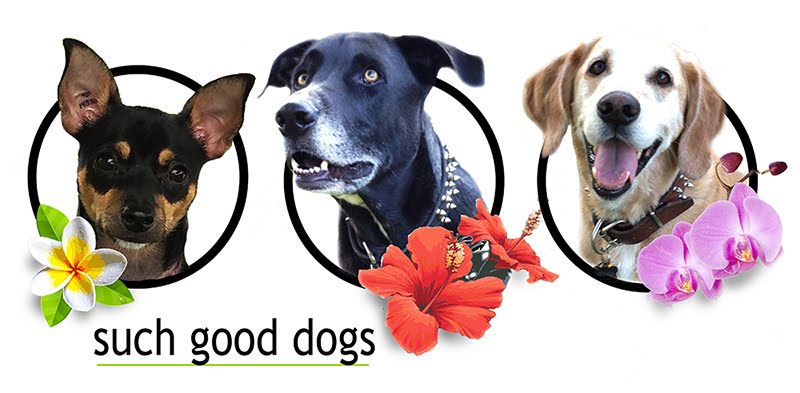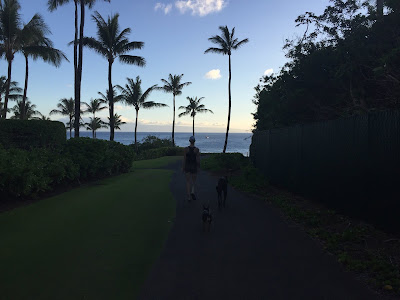Check out our video of a small dog puppy party (and Caravaggio) we had earlier this week.
Remember, socialization is important!
Featuring:
Bambu, a 12-week-old Pomeranian.
Brother Finnegan & Cornelius, 4-month-old Shitzu/ Bichon mixes.
SGDs pack Caravaggio & Devo, and honorary SGDs pack member, Nalu.
Proper Socialization is teaching a dog not to react to everyday things they will encounter by slowly desensitizing them to these things. It is important to positively expose a puppy to as many different environments and situations as possible. Keep in mind that exposure
needs to be slowly introduced at the dog's pace, not the owners. Letting a puppy explore new things at his/her own pace will help them become more comfortable and help avoid negative reactions. Another way to think of socialization is to consider it desensitization. For example when having your puppy meet new people remember to include a variety things: such as people who are short, tall, adults, kids, someone with a hat or glasses, someone in a wheelchair or on crutches, etc. Improper socialized dogs can be frightened by normal human greeting behaviors.
Proper socialization is the number one way for you to avoid having a dog in the future that will develop serious behavior problems such as aggression.
Once your dog has been approved by your vet to be around other dogs, start taking your dog everywhere you possible can. A friend's house, a barbecue, a busy street, different pet stores, or even to work (if you're allowed). The more places you can take your puppy, the better socialized and more calm your dog will become in any future situation.
Remember to go at the puppy's pace and not your own. A puppy should always appear happy and relaxed during socialization.
Socialization for a puppy should start as soon as possible but the best time to socialize a dog is before five months of age. This does not mean socialization after this age is not important.
Helpful Links:
15 Best Small Dogs for Families with Kids
Related blog articles:
Trainer Tip: Proper Dog Socialization
Breed of the Month: Pomeranian
Breed of the Month: Bichon Frise
Also scroll down the list at the side of the web page to see many more dog socialization videos.


































